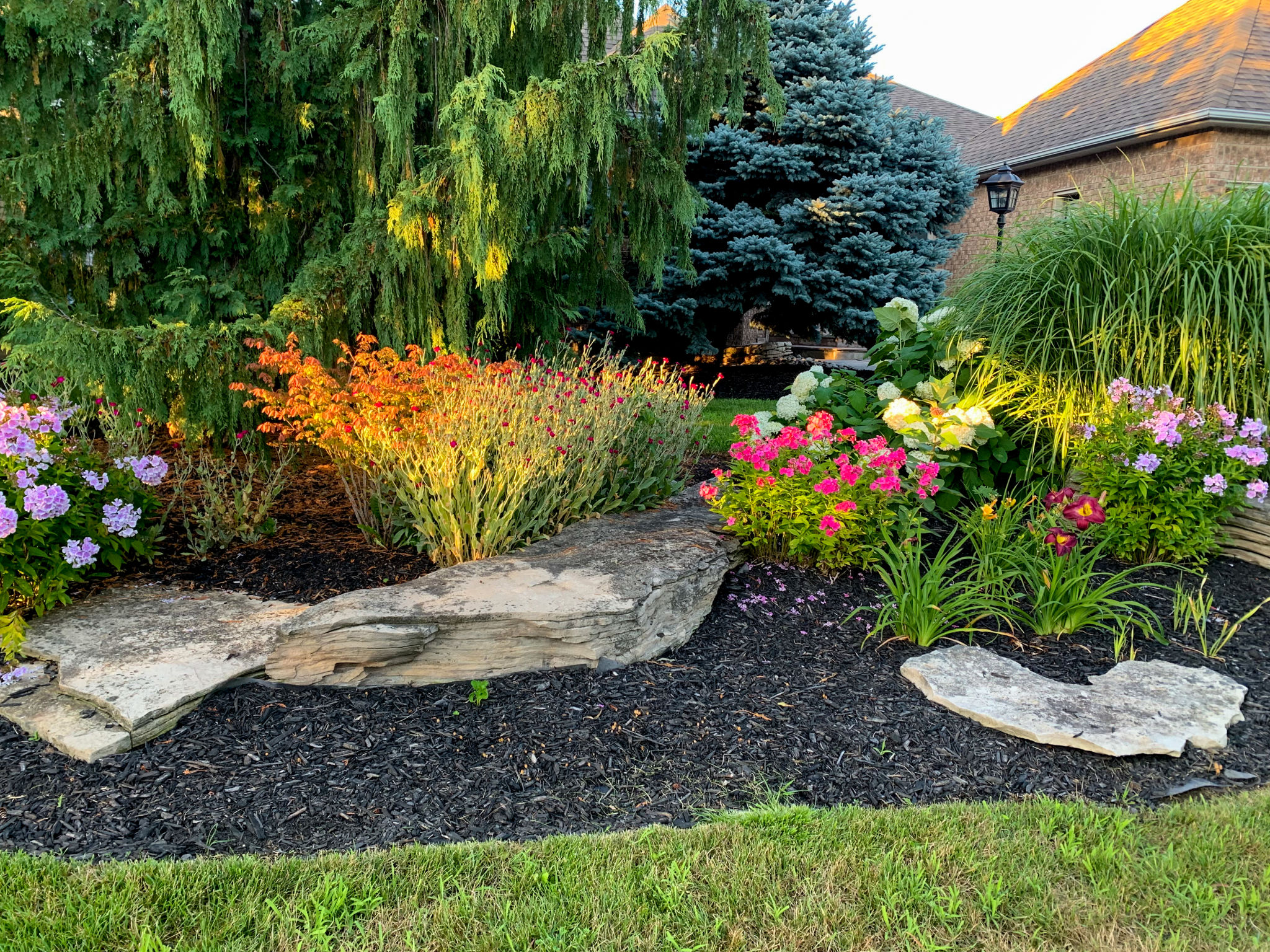Comprehensive Guide to Residential Landscaping in Jefferson County
MP
Understanding the Basics of Residential Landscaping
Residential landscaping is more than just planting a few trees and flowers; it’s about creating an outdoor space that reflects your personal style while enhancing the functionality and aesthetics of your home. In Jefferson County, where the seasons dramatically change, understanding the local climate and soil conditions is crucial for successful landscaping.

Before you begin any landscaping project, consider the primary objectives. Do you want to create a peaceful retreat, an entertainment area, or a play space for children? Your goals will guide your design choices and help you select the right plants and materials. Additionally, be mindful of any local regulations or homeowners' association guidelines that may influence your landscaping plans.
Planning Your Landscape Design
Assessing Your Outdoor Space
Start by evaluating your current outdoor space. Take note of existing structures, large trees, and other features that will remain in place. An accurate site analysis will help you understand the sun and shade patterns, drainage issues, and natural features that should be incorporated into your design.
Sketch a rough layout of your property, marking areas for planting beds, pathways, patios, and other features. Consider the flow of movement through the space and how different areas will be used throughout the year. This planning phase is essential to create a cohesive and functional landscape.

Choosing Plants Wisely
The plant selection is one of the most exciting aspects of residential landscaping. In Jefferson County, native plants are highly recommended as they are well-adapted to the local climate and require less maintenance. Popular choices include dogwoods, red maples, and azaleas, which provide year-round interest with their vibrant colors and textures.
When choosing plants, consider their mature size, growth habits, and maintenance requirements. Group plants with similar needs together to simplify watering and care. Remember to incorporate a mix of evergreens and deciduous plants to maintain visual interest throughout the seasons.

Implementing Your Landscape Design
Hardscaping Elements
Hardscaping refers to the non-living elements of your landscape, such as patios, walkways, retaining walls, and water features. These elements provide structure and definition to your outdoor space. In Jefferson County, natural stone and brick are popular choices due to their durability and aesthetic appeal.
When designing hardscape features, ensure they complement the architectural style of your home and blend seamlessly with the surrounding landscape. Functionality is key; paths should be wide enough for easy navigation, and patios should provide ample space for furniture and entertaining.
Maintaining Your Landscape
Once your landscape design is implemented, ongoing maintenance is essential to keep it looking its best. Regular tasks include mowing the lawn, pruning shrubs, weeding flower beds, and mulching. In Jefferson County, where weather conditions can vary greatly, it’s important to adjust your maintenance schedule seasonally.

Consider hiring professional landscaping services if you prefer a low-maintenance approach or need assistance with complex tasks like tree trimming or irrigation system installation. With proper care and attention, your residential landscape can provide beauty and enjoyment for years to come.
